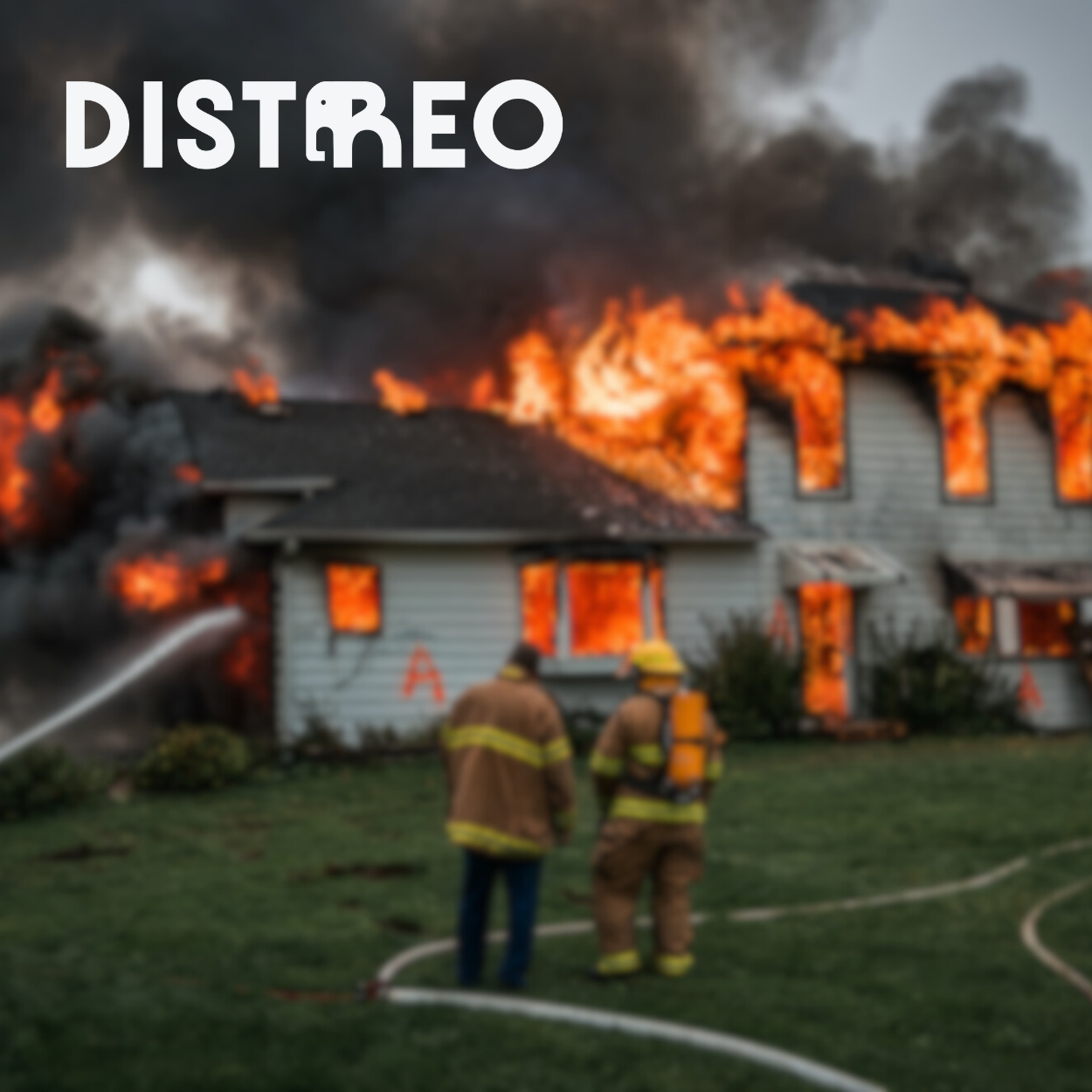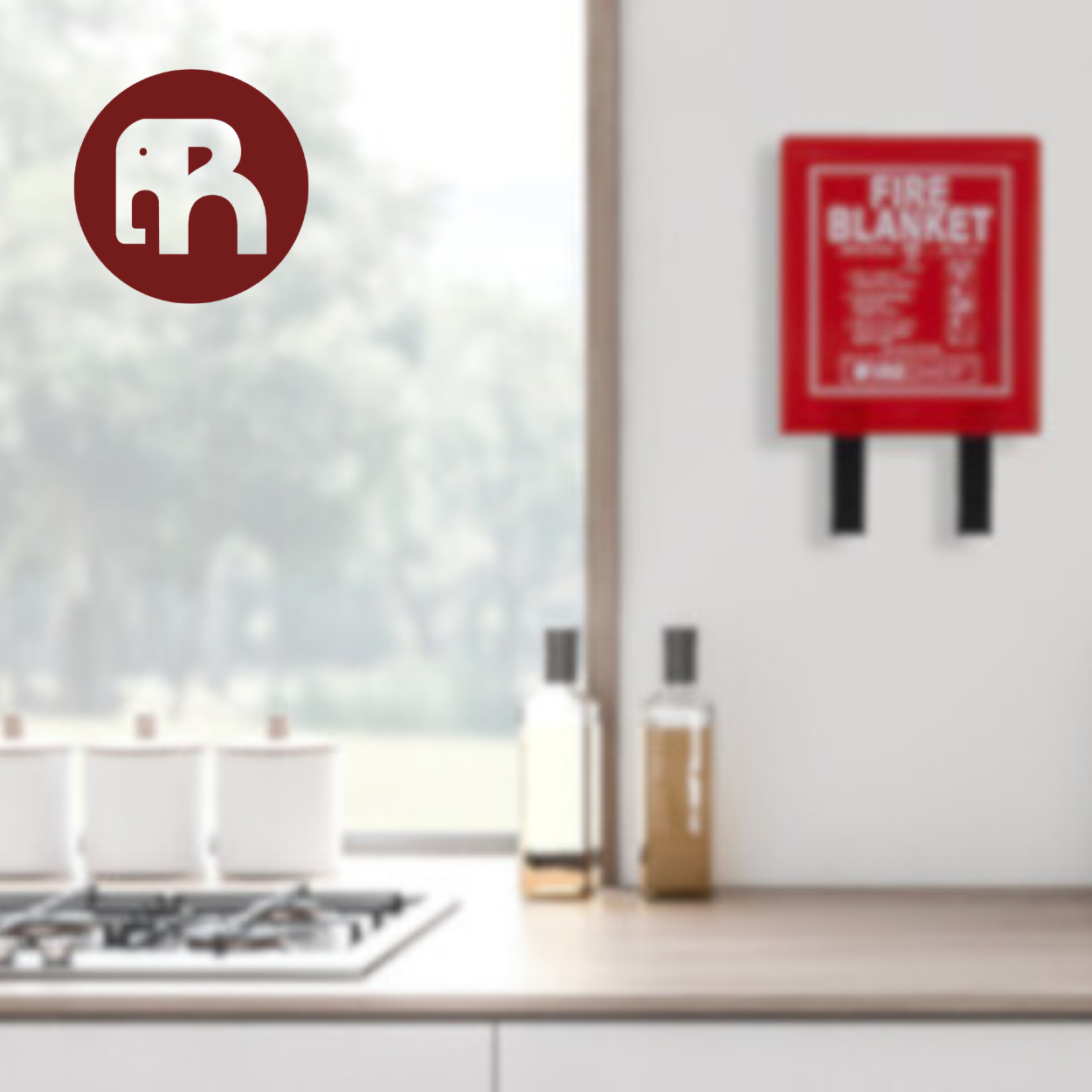The number of house fires that occur in Romania each year is impressive. You are more likely to be injured or killed by a fire at home than by a fire anywhere else.
By 2024, domestic fire statistics in Romania highlight a persistent problem affecting the safety of homes and their inhabitants. Every year, thousands of families face significant material losses, and in tragic cases, loss of life is also recorded due to fires that break out in houses and apartments.

Statistics from Romania about domestic fires
- Number of domestic fires : Approximately 12,000 incidents were reported nationally, marking a slight increase of 5% compared to the previous year. This increase can be attributed, in part, to greater awareness and reporting of incidents.
- Victims : Domestic fires resulted in approximately 150 deaths and over 300 injuries, underscoring the seriousness of these types of events and the need for continued prevention efforts.
- Material impact: material damage caused by the fires was estimated at over 200 million lei (40 million euros), a significant number that includes not only the value of the destroyed properties, but also the costs associated with the relocation and assistance of the victims.
Where do fires start in a home?
When it comes to fires, not all rooms in the house are created equal. Here are the most common areas where they occur.
1. The kitchen
More home fires start in the kitchen than in any other room: about half of all residential fires start in the kitchen. Between 2017 and 2021, cooking was the leading cause of reported home fires and home fire injuries and the second leading cause of home fire deaths, according to the IGSU.
Many of these fires were caused by people leaving cooking food unattended, having fuels too close to the heat source, or forgetting to turn off cooking equipment, such as stoves or ovens, when they were finished. There are some simple steps to avoid kitchen fires:
- Stay in the kitchen while cooking. If you have to leave the house for any reason, turn off the stove, oven, or other appliance until you return.
- For foods that take a long time to cook, check the process frequently.
- Set timers to keep track of cooking times and remind yourself when food should be ready.
- Keep objects that can easily catch fire away from the cooking source - oven mitts, paper towels, cloth towels, food packaging, wooden utensils.
- Keep young children away from cooking sources. This will not only help prevent burns, but it could also prevent them from placing flammable objects near stoves, ovens, and other appliances.
- Be especially careful with oils and fats . These fuels cannot be extinguished with water. Either smother the flames or use a kitchen-rated fire extinguisher.

2. The bedroom
The second most common source of fires is the bedroom. These fires can be caused by people falling asleep while smoking or they can be electrical in nature, caused by faulty wiring, faulty or worn-out electric blankets, or the use of heaters while people are sleeping.
Fire safety tips for the bedroom include:
- Don't smoke in bed. If you fall asleep and the embers of your cigarette fall onto your bedding, blankets, or carpet, it could start a fire.
- Blow out the candles before going to bed.
- Place laptops, cell phones, and other charging devices on a hard surface, such as a nightstand, dresser, or desk. Don't leave them on your bed or carpet, where they can overheat and start a fire.
- Preheat your room with a space heater and turn it off when you're ready to sleep. This will prevent it from overheating, which could cause a fire.
- Check the electrical installation in the bedrooms and throughout the house to ensure it is compliant.

3. Rooms with fireplaces or heating source
Living rooms, dens, and bedrooms are also susceptible due to the use of fireplaces or wood-burning stoves, which are another leading cause of fires. Don't forget about outdoor fireplaces and fire pits, which are becoming increasingly popular as people build outdoor kitchens and larger patios.
Fireplace safety measures include:
- Have your chimney inspected and cleaned every year. This will prevent or minimize buildup that could lead to a fire.
- Use only dry wood that has been properly treated. Using other types of wood or glossy paper, wrapping paper or cardboard could result in sparks or sparks that could land on carpets and other combustible materials.
- Install a chimney cap. This will prevent birds and other animals from building a nest in the chimney that could easily catch fire.
- Make sure the fire is out before leaving the house or going to bed.

Steps to protect your home
Equipping your home with the right fire safety devices will go a long way in keeping your family safe. These include smoke detectors, sprinklers, fire extinguishers, and surge protectors. So, make sure you have the following safety equipment:
- Smoke detectors
- Fire sprinkler
- Fire extinguishers
- Surge protectors
The frequency at which you should check the 4 types of equipment are:
- Monthly - test smoke detectors to make sure they are working.
- Twice a year - change the batteries in your smoke detectors, conduct fire drills to practice your family safety plan.
- Annually - check the fire extinguisher to make sure it is within operating range, check electrical wiring to make sure there are no obvious breaks, inspect the air conditioning system.
Every day, home fires kill and injure people, destroy lives, and cause billions of dollars in damage. However, with proper fire preparation, including the types of building and renovation materials used, safety devices installed, and safety procedures practiced, you can reduce the chances that your family will fall victim to the life-changing effects of a house fire. Don't forget to make sure you have the right equipment!
Act now, your safety doesn't wait!




Write a comment
Comments are verified before being published.
This site is protected by hCaptcha and the hCaptcha Privacy Policy and Terms of Service apply.